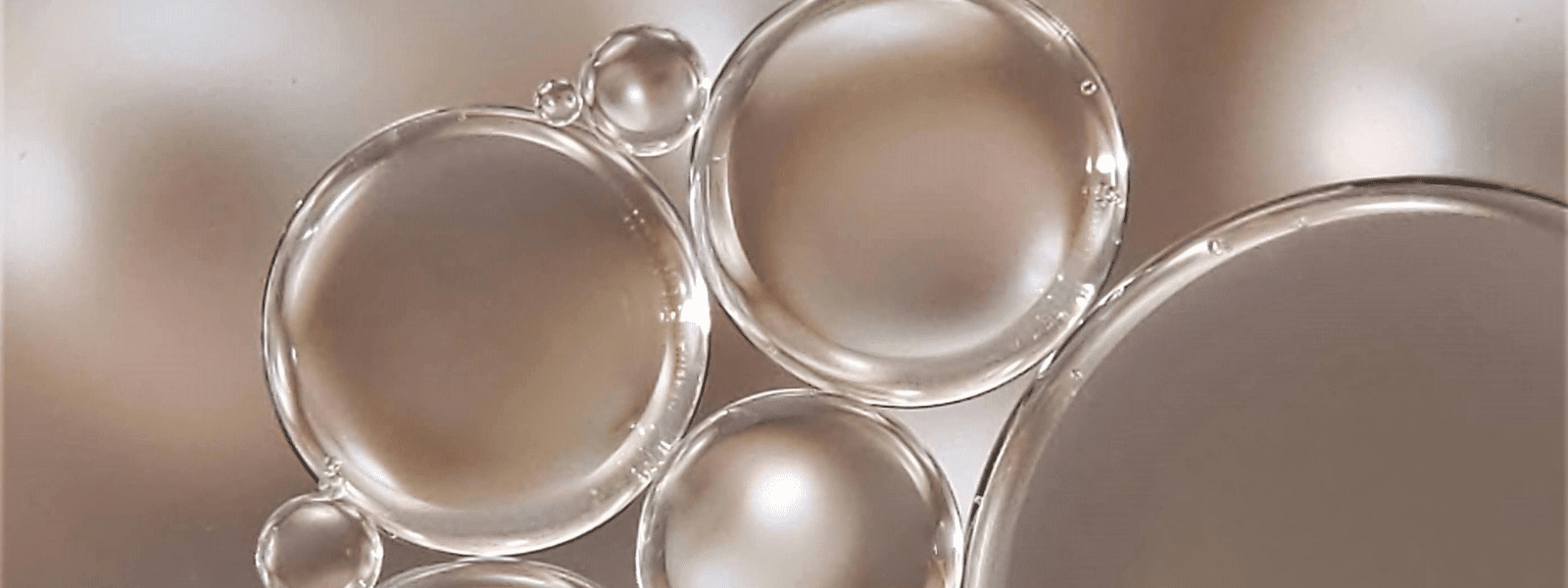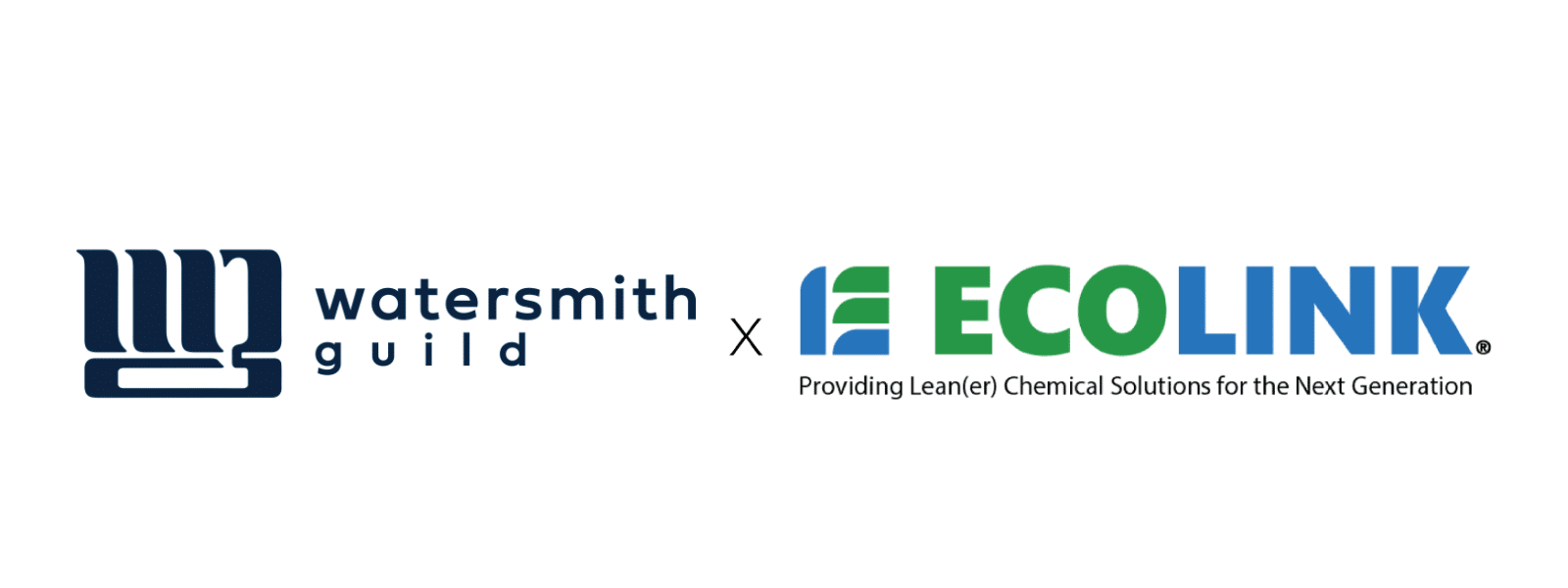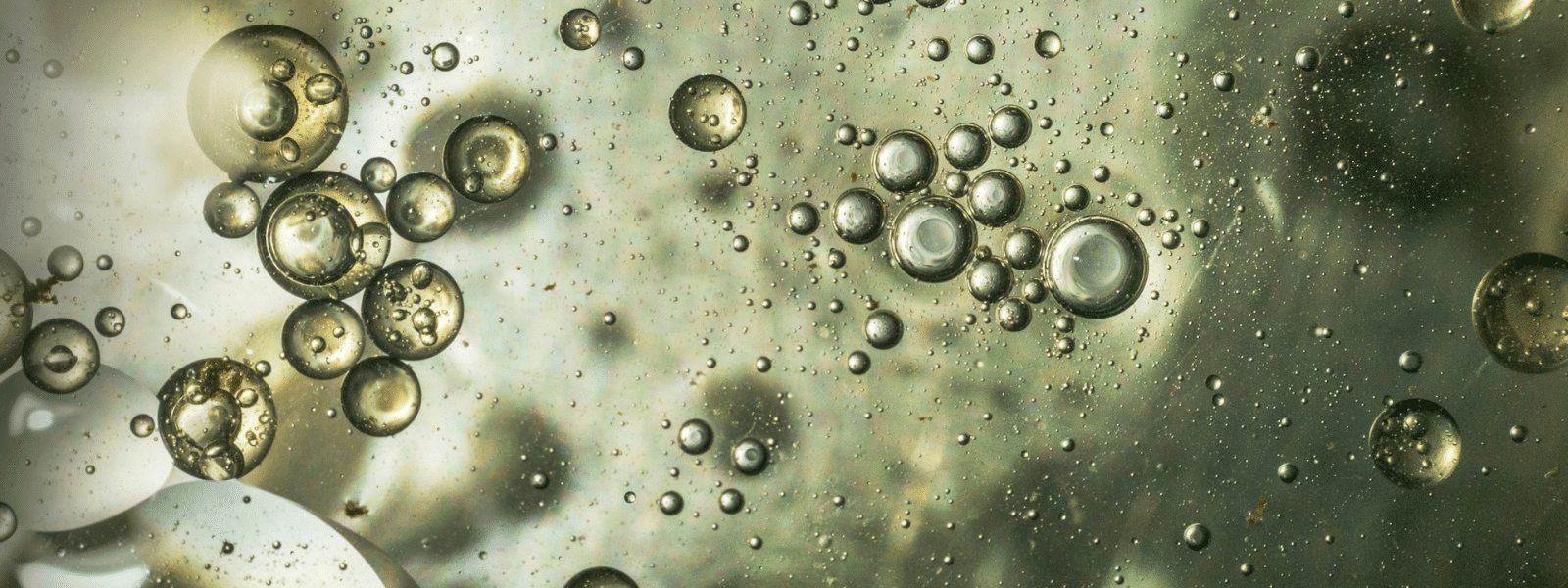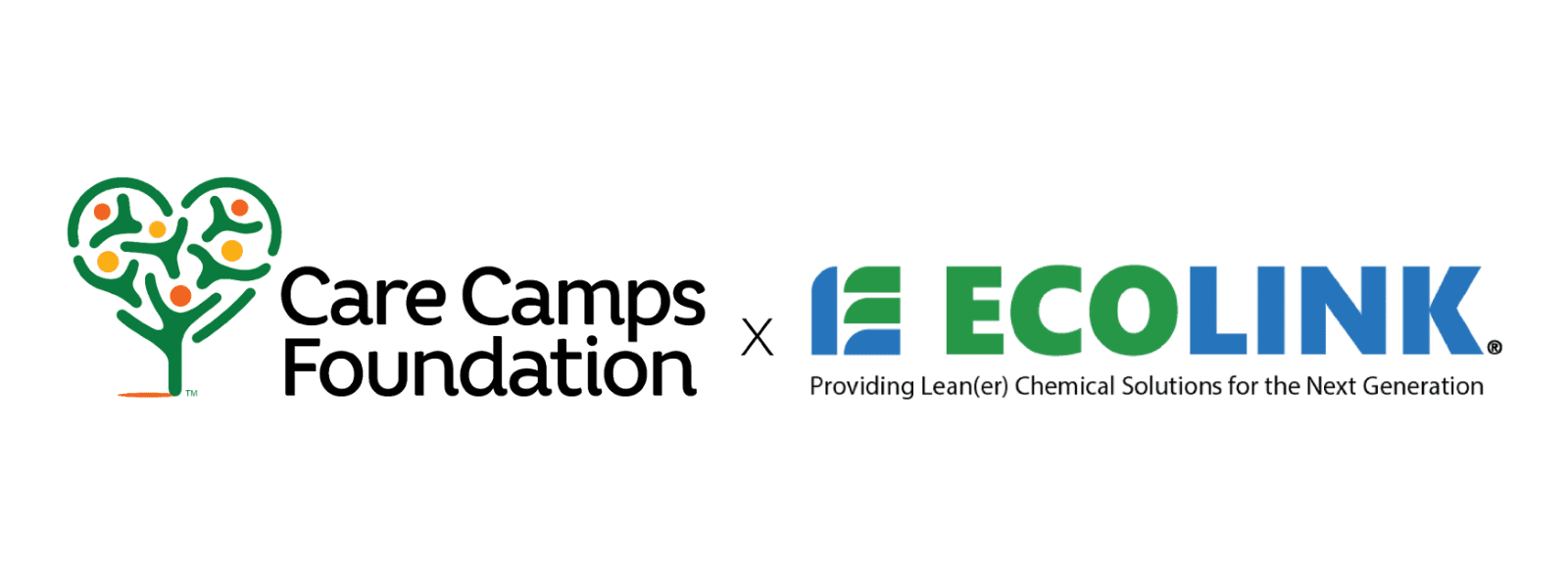If you’ve ever swam in a natural body of water, you may be familiar with the slimy greenish-brown scum that accumulates on most submerged objects. Water is full of bacteria, viruses, algae, and other microorganisms.
Just like pond scum, the inside of industrial systems containing water is susceptible to organic growth. This undesirable growth, known as biofouling, can clog water flow and decrease efficiency. For this reason, biofouling prevention treatment is critical.
Biocide Treatment
Traditionally, a common practice for preventing biofouling has been to add biocides or antimicrobial chemicals to the water that is being flushed through the system. Antimicrobial chemicals are substances that excel at slowing the spread of or killing fungi, bacteria, and viruses, and are used in treatments for:
- Cooling water systems
- Industrial water tanks
- Heat exchangers
- & more
However, different microorganisms respond differently to certain biocides/antimicrobials, so it is important to understand our enemy. Listed below are three factors that’ll determine which chemical you should use for preventing biofouling in your industrial water system:
- The level of bioactivity
- The pH
- The temperature of the water
While your answers to the above factors will determine the type of biocide you use, they’ll also determine the frequency with which you apply the biocide.
Here are a few examples of common chemicals used as a biocide:
- Chlorine
- Chlorine Dioxide
- Chloramines
- Potassium Ferrate
- Ozone
- Iodine
- Hydrogen Peroxide
- Peracetic Acid
- Sodium Bisulphite
- Formaldehyde
- Glutaraldehyde
- Quaternary Ammonium
Not all the chemicals listed above will work in every setting. Sometimes certain chemicals can create harmful byproducts, are unstable unless produced on-site, or may be destructive to certain industrial materials. For example, certain chloramines cannot be used for wastewater treatment because they may create carcinogens and are destructive to certain filtering membranes.
Alternative Biofouling Prevention Treatments
Luckily, there are alternative biofouling treatments that don’t involve high risks to human and environmental health. Here is a list of safer and greener treatments used to prevent biofouling in industrial settings:
UV Radiation
Though not a chemical additive, UV irradiation has also been used as a disinfectant in water treatment. UV exposure works by splitting some of the water molecules to create hydroxyl radicals (unstable “half-molecules”), which can split up bigger organic molecules and inhibit microbial growth by damaging their DNA.
However, the efficiency of UV irradiation depends on the density of biomass and the ability to expose all the water, making it an expensive solution
Nutrient Limitation
Certain microorganisms feed on chemicals such as phosphorus and phosphate. Removing those chemicals from the water, using absorbents or electrochemical coagulation, may reduce the potential for fouling.
Interruption of QS Signals
Microorganisms use quorum sensing (QS) to communicate with each other. Several chemicals, including vanillin, furanone, and acylase can interrupt these signals, and deter microbial growth.
Membrane Surface Modifications
Sometimes the best method of controlling biofouling is to make changes to the surfaces which accumulate the most debris. This could mean making the membranes out of a blended polymer, coating the surface in a hydrophobic sealant, or including antimicrobial additives in the material.
Looking for an Industrial-Grade Biofouling Prevention Treatment?
Ecolink is ready to help you solve your biofouling problem before it even starts! Contact us today to learn what treatments may work best for you!















